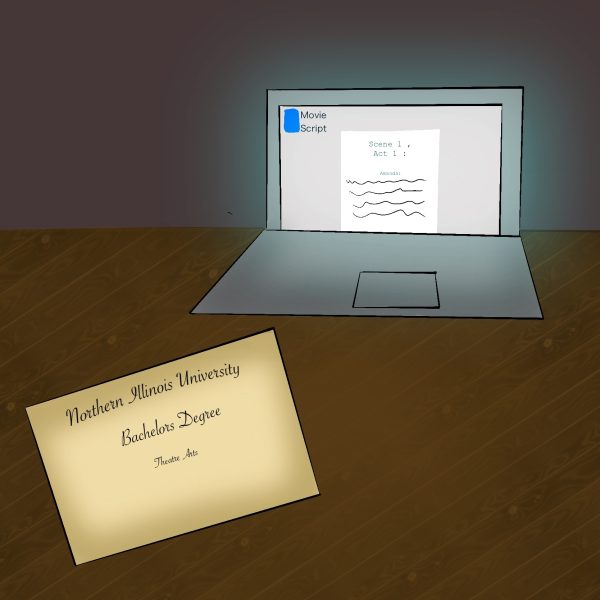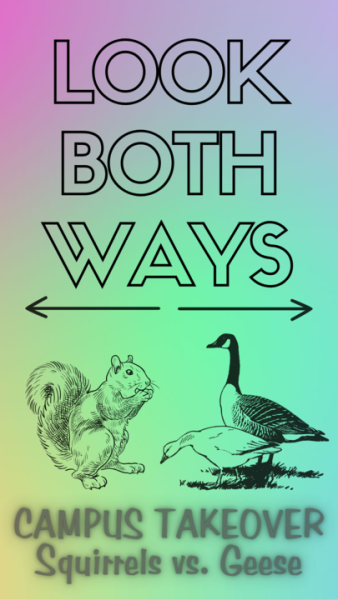Microsoft mulls over e-mail ‘postage’
February 16, 2005
In this month’s issue of PC Magazine, columnist John C. Dvorak cited Microsoft as being “a technology-centric company with incredibly poor marketing.” And since I read about its more recent proposals, I couldn’t agree more.
According to an article put out by CNN last year, Microsoft Corp. chairman Bill Gates would like it if people who use e-mail started buying “postage” for their messages. At no more than a penny or less per message, it is an attempt to deter spammers who send out, on average, a million messages at $2.50 per one thousand.
Another proposal to “charge” for e-mail makes everyone give up computer resources. To send a message, users must first devote at least 10 seconds of computing time to a math puzzle to demonstrate their intentions are sincere. Upon successful completion of the puzzle, they then receive their “postage.”
The hope is that this would chip away at spammers’ financial fortresses by seriously undermining their attempts at mass-mailings.
This is all well and good, but who’s to say spammers won’t find a way around this tactic, too? These are people who are incredibly resourceful and who will stop at nothing when trying to make our lives miserable.
And e-mail is meant to be a quick and efficient form of communication. Who wants to devote their time to math when they could just as easily be sending their messages without hassle?
Microsoft is going to have a hard time trying to convince the public of this one. No matter how small the charge, people don’t readily accept something that’s going to be a cost to them – not unless they know for certain they are going to get something out of it.
Don’t get me wrong. I’m sure Microsoft’s intentions are good, but the reason why people are so enamored with e-mail is because … Surprise! They usually don’t have to pay for it!
For some, e-mail was a welcome break from the handwritten letter. These you had to physically seal in an envelope, take to the post office, buy a stamp for and send on their way. Personally, I still enjoy sending the occasional handwritten letter, but I love the speed and convenience that comes along with using e-mail as well.
I see paying postage for e-mail as a severe breach of my personal freedom, as well as a stab at my character. Think of it: every time you e-mail someone, you will have to first determine whether it’s worth a penny. Not only that, but this math puzzle your computer would be required solve is based on the assumption everyone is a spammer.
I don’t care to be compared to those who ruin the lives of millions of people a day.
The answer in avoiding spammers may lie in simply curbing the amount of newsletters you subscribe to, message boards you participate in and keeping tabs on what information you make available to online businesses, as these are the places from which many spammers “harvest” their address lists. It may be to your benefit to just opt out of all those extra offers, too.
The proposal that we pay for e-mail is by no means new. Microsoft has been mulling it over since 2001, as have other technological gurus like Forrester Research. Back when the Internet was just beginning to catch on with the public – way back in the early ’90s – some e-mail providers charged 10 cents for every message.
It’s a wonder they no longer exist.
Columns reflect the opinion of the author and not necessarily that of the Northern Star staff.











